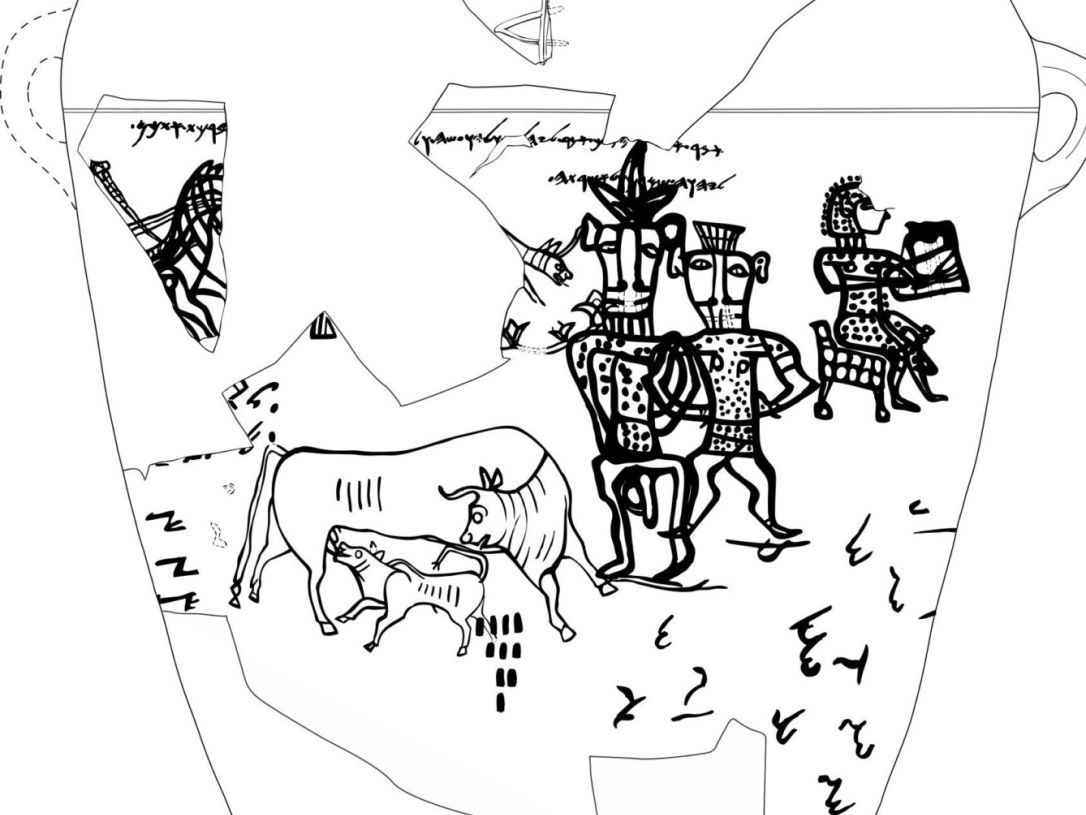A descoberta é da década de 70 do século XX, mas o debate sobre o seu significado continua.
A Strange Drawing Found in Sinai Could Undermine Our Entire Idea of Judaism
Is that a 3,000-year-old picture of god, his penis and his wife depicted by early Jews at Kuntillet Ajrud?
By Nir Hasson – Haaretz: Apr 04, 2018
More than four decades after its excavation wound down, a small hill in the Sinai Desert continues to bedevil archaeologists. The extraordinary discoveries made at Kuntillet Ajrud, an otherwise nondescript slope in the northern Sinai, seem to undermine one of the foundations of Judaism as we know it.
Then, it seems, “the Lord our God” wasn’t “one God.” He may have even had a wife, going by the completely unique “portrait” of the Jewish deity that archaeologists found at the site, which may well be the only existing depiction of YHWH.
Kuntillet Ajrud got its name, meaning “the isolated hill of the water sources,” from wells at the foot of the hill. It is a remote spot in the heart of the desert, far from any town or or trade route. But for a short time around 3,000 years ago, it served as a small way station.
Dozens of drawings and inscriptions, resembling nothing whatever found anywhere else in our region, survived from that period, which seems to have lasted no longer than two or three decades. Egypt gained the artifacts with the peace treaty with Israel 25 years ago, but the release of the report on the excavation six years ago and a book about the site two years ago have kept the argument over the exceptional findings from the hill in Sinai alive.

